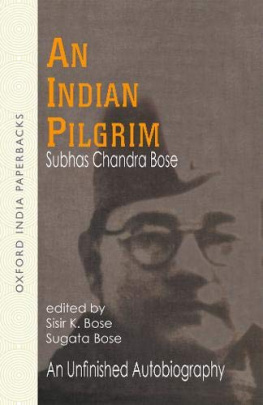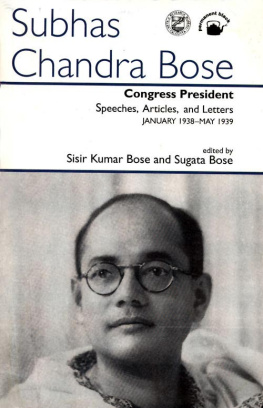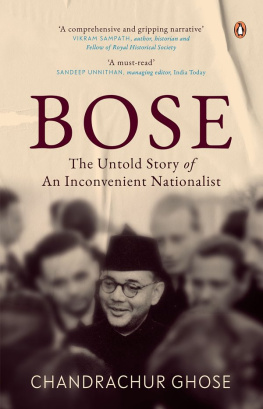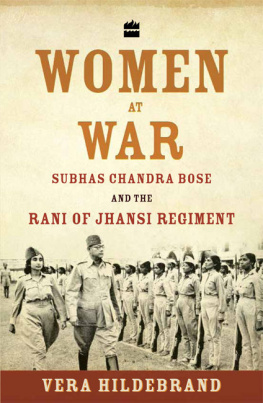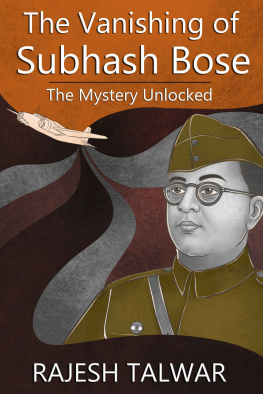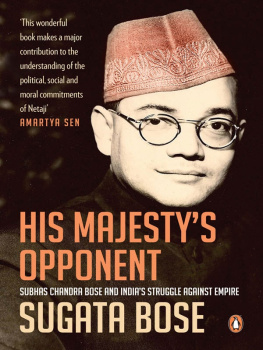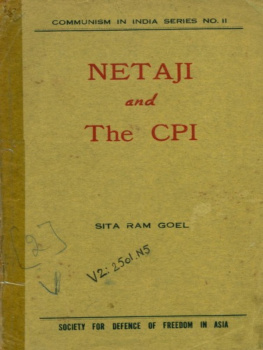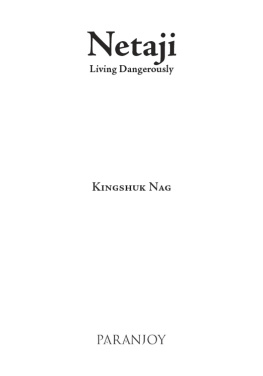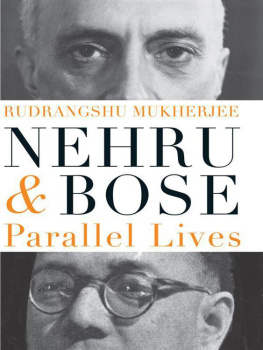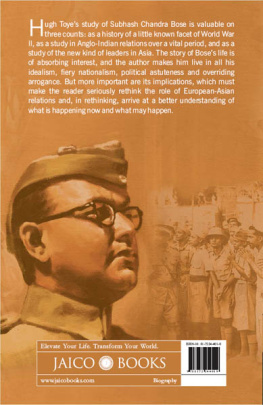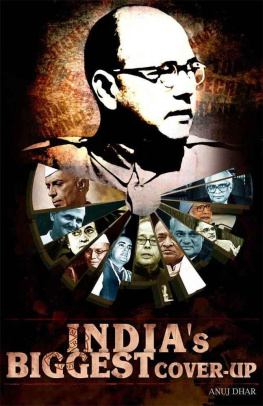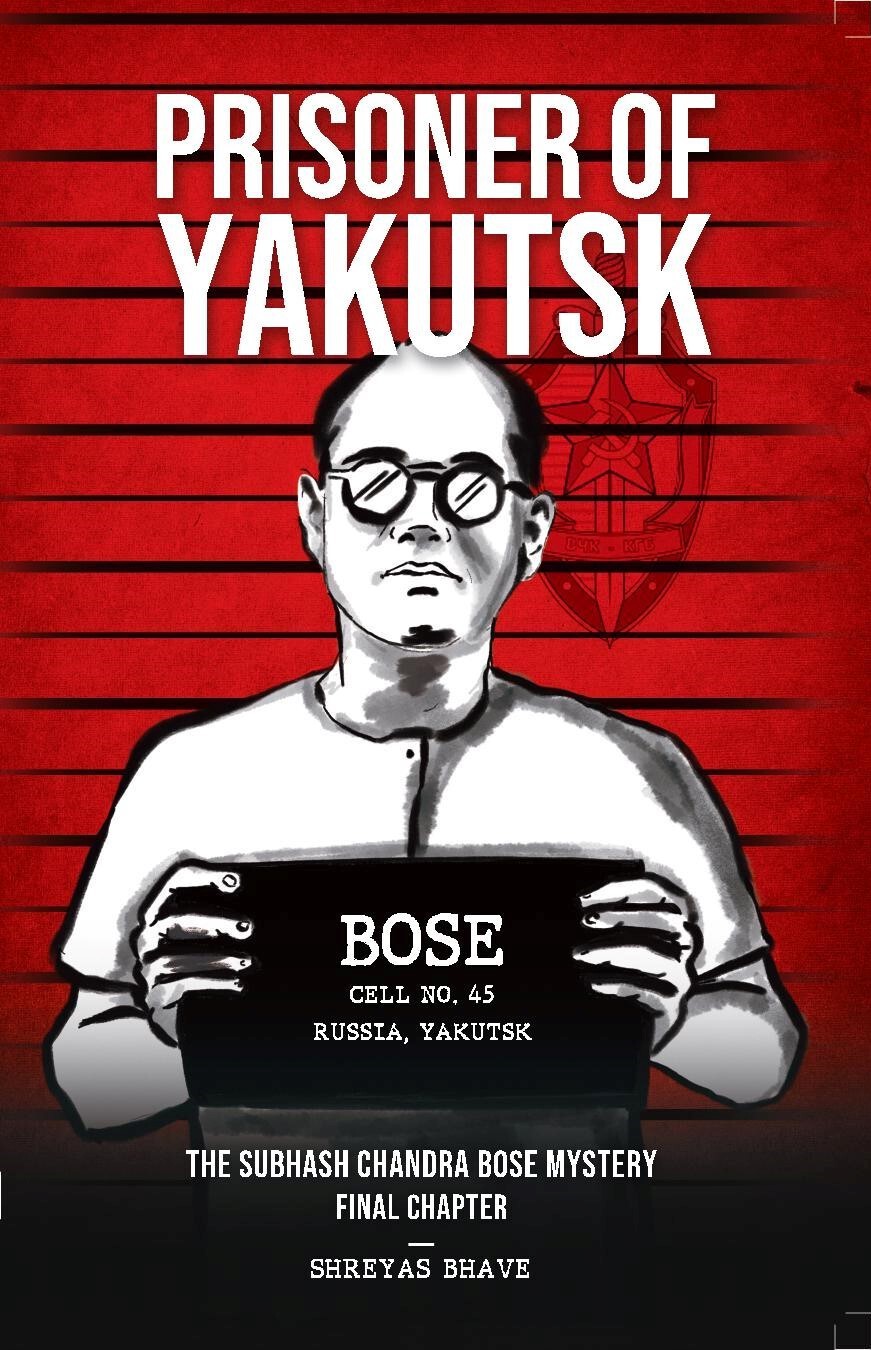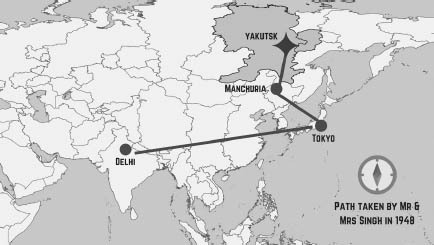P RISONER O F Y AKUTSK
What exactly happened to Indias greatest freedom fighter,
Netaji Subhash Chandra Bose?
Some say that on 18 August 1945, his plane crashed in
Taiwan, killing him.
Some say he survived the crash and lived on in Bengal,
as the godman, Gumnami Baba.
Some say he was killed by the machinations of his rivals
back home; that the planes engine was tampered with,
causing the fatal mishap.
Some say he still lives in the Himalayas, and will return.
Threads and theories continue to flutter in the wind.
What is true?
In these pages lie the answers.
P RISONER
OF
Y AKUTSK
T HE S UBHASH C HANDRA B OSE M YSTERY
F INAL C HAPTER
SHREYAS BHAVE
ISBN: 978-93-52011-62-9
Shreyas Bhave, 2019
Cover Design: Riyaz Merchant, Kitsune
Layouts: Hitanshi Shah
Printing: Nutech Print Services, India
Published in India 2019
An imprint of
LEADSTART PUBLISHING PVT LTD
Unit 25/26, Building A/1, Wadala (East),
Mumbai 400 037, Maharashtra, INDIA
T + 91 96 99933000 E
W www.leadstartcorp.com
All rights reserved worldwide. No part of this publication may be reproduced, stored in or introduced into a retrieval system, or transmitted, in any form, or by any means (electronic, mechanical, photocopying, recording or otherwise), without the prior permission of the Publisher. Any person who commits an unauthorized act in relation to this publication can be liable to criminal prosecution and civil claims for damages .
Disclaimer: This is a work of fiction. The opinions expressed in this book do not seek to reflect the views of the Publisher.
This edition for sale only in the Indian subcontinent .
T O R ENUKA A BROL
A BOUT T HE A UTHOR
SHREYAS BHAVE is an Electrical Engineer from VNIT Nagpur, and is one of Indias youngest experts on Railway Electrification PSI work. He also runs an entrepreneurial community at www.ourfirstmillion.org.
Shreyas first three books, the Asoka Trilogy , was published to wide acclaim and acquired for screen adaptation. Prisoner Of Yakutsk is written as a mystery thriller with the disappearance of Subhash Chandra Bose at its core.
Apart from writing, Shreyas enjoys songwriting, composing music, sketching and watercolours. He plays the guitar and is fond of the blues and southern rock music. He also loves to hike up to the hill forts of Maharashtra.
O THER B OOKS BY S HREYAS B HAVE
The Asoka Trilogy, comprising:
Prince Of Patliputra
Storm From Taxila
Nemesis Of Kalinga
Shreyas can be reached at:
www.authorshreyas.wordpress.com
C ONTENTS
W hen he was alive, Netaji Subhash Chandra Bose was something of an enigma to most. It is thus perhaps poetic justice that his death in an alleged plane crash on 18 August 1945, in Taiwan, has remained wrapped in deep mystery for over 70 years after the event.
In those seven decades numerous books have been written on the subject, giving rise to countless conspiracy theories about his death, from Indias Biggest Cover-up by famed journalist, Anuj Dhar, Bose: The Indian Samurai by Retd Major General GD Bakshi, the recent Laid to Rest: The Controversy over Subhash Chandra Boses Death by author Ashis Ray, to Alt Balajis recent web series Bose: Dead or Alive. Most of these accounts have emphasized the controversial point that Netaji did not die in the plane crash as is generally supposed. While the authors have dug deep into their own research, the primary source remains the reports of the four committees constituted since 1945, to investigate the case of Netajis supposed death.
The first such investigation was carried out before independence, by the British Government. Confronted with rumours about Bose, which began to spread within days of his declared death, Lord Mountbatten, then Viceroy of India, tasked one Colonel John Figgess, an intelligence officer, with investigating Boses death. Figgesss report, however, submitted on 25 July 1946, was confidential, and was only made available for public viewing as late as 1997. The Figgess report confirmed four facts based on oral testimonies by witnesses, including that of Habibur Rahman.

Post-independence, the work of investigating Boses mysterious death was taken up by the newly formed Indian Government, which set up three committees to investigate the matter. The first of them, led by politician Shah Nawaz Khan (ex-INA), began work in 1956, and interviewed more than 67 witnesses to the case in India, Japan, Thailand and Vietnam. It came to the conclusion that Bose had indeed perished in the plane crash of 18 August 1945. However, an important member of this committee, Suresh Chandra Bose, who was none other than Netajis elder brother, refused to sign the final report, claiming that the other members of the group had withheld certain crucial evidence from him, and that the committee had been directed by the then Prime Minister, Jawaharlal Nehru, to infer death by plane crash. In a 188 page minority report released by him, he claimed he had been bribed with the position of Governor of West Bengal to agree to sign the final report confirming that Netaji had died in the plane crash. Historian Joyce Chapman Lebra, later wrote about Suresh Chandra Boses dissenting note thus: Whatever Mr Boses motives in issuing his minority report, he has helped to perpetuate until the present the faith that Subhas Chandra Bose did not die in the plane crash. In fact, during the early 1960s, the rumours about Subhas Boses extant forms only increased.
As the Shah Nawaz Committee had failed to provide a final conclusion to the death of Netaji Subhash Chandra Bose, the Government of India, in 1970, appointed a new commission to enquire into the disappearance of Bose. With a view to heading off more minority reports, this time it was a one-man commission. The single investigator was GD Khosla, a retired Chief Justice of the Punjab High Court. As Justice Khosla was a presiding judge with other calls on his time, he submitted his report in 1974, four years later. Bringing his legal background to bear on the issue, Justice Khosla, in a methodical fashion, concurred with the main facts of Boses death reported earlier by the Shah Nawaz Committee.


